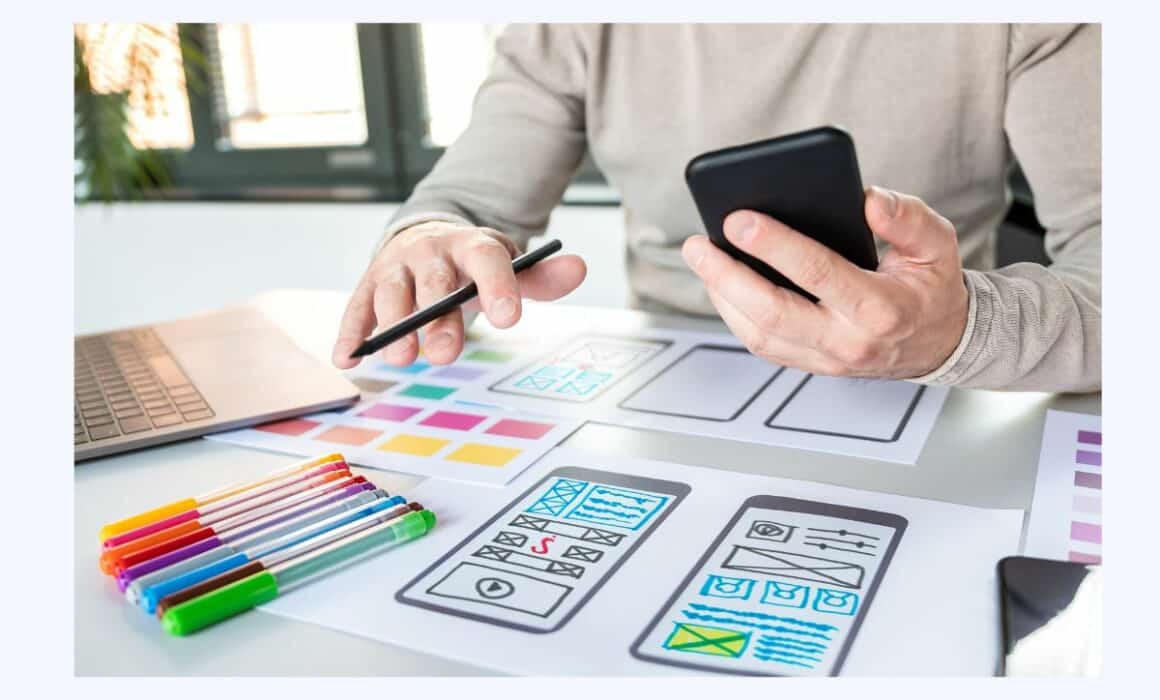Product Prototyping: The Ultimate Guide for Product Managers
One of product managers’ biggest responsibilities is to develop innovative products. This might sound exciting to some, but it’s easier said than done. As a product manager, how do you guarantee that your product ideas resonate with your target audience? The answer lies in product prototyping.
Product prototyping is a crucial part of the product development process that allows product managers to transform their promising ideas into tangible, testable products. With the help of product prototyping, you can produce a replica of your product, find potential issues, and deal with them even before you present them to your target audience.
Table of Contents
- What is a prototype?
- What are the different types of prototypes?
- What are the differences between wireframes, mockups, and prototypes?
- Why is product prototyping necessary?
- Steps on creating a product prototype
- How to test a prototype?
- When is a prototype ready?
- Common challenges of product prototyping
- Final thoughts
- Machine Learning In Finance: 12 Essential Applications
- How To Create Interactive Compliance Training For Bank Employees
- How Fintech Apps Are Using Gamification To Increase User Engagement
- Top Gamification Companies for Employee & Customer Engagement
What is a prototype?
A product prototype is a physical or digital representation of a product. Product managers and their teams produce these models to help stakeholders provide proper feedback for their products. This feedback is crucial in the prototyping process, as it helps mould the product prototype into a product that can meet your user’s needs and expectations.
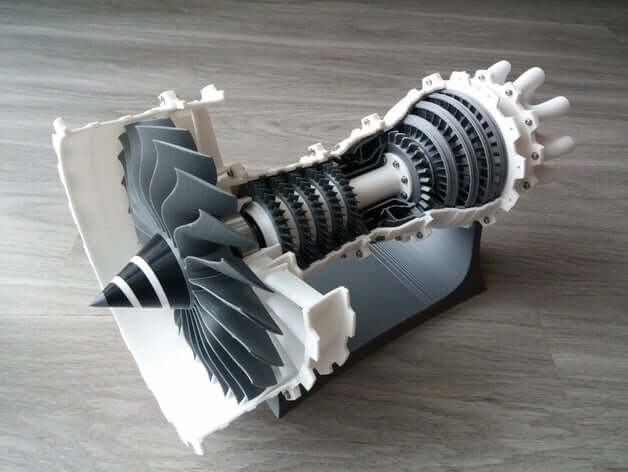
Source: Motion X
Product prototype models often embody the core features of the product. Additionally, it can take on various forms, depending on the product type you’re trying to release, such as a 3D print, sketches, or wireframes. While it’s technically not the final product, it should be plausible enough to test, validate, and refine it down the prototyping process.
What are the different types of prototypes?
Prototyping is a critical step in the development process because it allows product managers to test their ideas, set proper product management KPIs, and refine them before moving them forward for production. When used correctly at the right stage, the different prototypes can offer unique benefits that propel your model in the right direction.
Here’s a closer look at the four main different types of product prototypes:
Feasibility prototypes
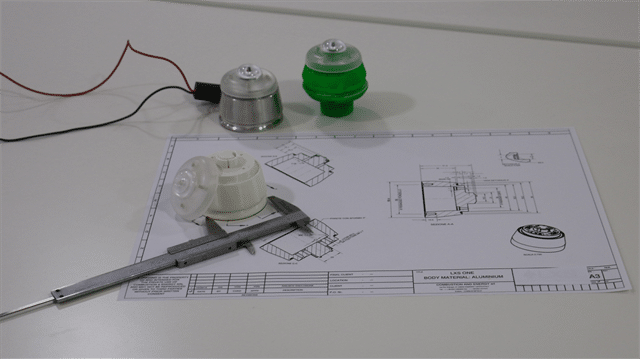
Source: VDGLAB
Lorem Ipsum is simply dummy text of the printing and typesetting industry. Lorem Ipsum has been the industrys standard dummy text ever since the 1500s, when an unknown printer took a galley of type and scrambled it to make a type specimen book.
A feasibility prototype is an early-stage preliminary version of a product. Product managers use these prototypes to test their feasibility and demonstrate their basic functionality. An example of this type of product prototype would be a smartphone mockup early in its product development stage.
PROS:
- They can help product managers identify potential challenges that may arise.
- They provide insight into potential market response and viability of the product.
- They promote fast and efficient testing and refinement.
CONS:
- They don’t represent the full capabilities of the final product.
- They are prone to score creep.
- They may not provide adequate market validation for the final product.
Functional prototypes

Source: Design2Market
A functional prototype is a replica that closely resembles the final version. These prototypes aim to simulate the model to identify usability issues as early as possible. An excellent example of a functional prototype would be an engine transmission of a newly-produced vehicle model.
PROS:
- They can provide an accurate representation of the final version product.
- They help product managers produce valuable feedback regarding essential features, such as usability and functionality.
- They can be used to identify issues early in the prototyping process.
CONS:
- Functional prototypes are expensive to produce due to their high fidelity and complexity.
- They are time-consuming to produce and often require multiple iterations.
- Functional prototypes may not be able to replicate all the product’s features and functions.
Visual prototypes
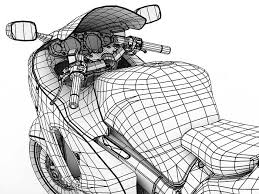
Source: 3D Printing Expert
These prototypes aim to provide a high-fidelity representation of the product’s appearance and user interface. Visual prototypes typically focus on colour schemes, layouts, and interface elements. Some of the most common examples of visual prototypes are mobile app mockups, website wireframes, and 3D product renderings.
PROS:
- Visual prototypes communicate design concepts and ideas that stakeholders and product managers care about most.
- They are fast and easy to create using software tools (Sketch, Figma, etc.).
- Visual prototypes are significantly more cost-effective to produce.
CONS:
- Visual prototypes don’t provide much usability feedback.
- They only provide interactivity if necessary.
- Visual prototypes are more likely to induce subjective feedback rather than objective.
Pre-production prototypes
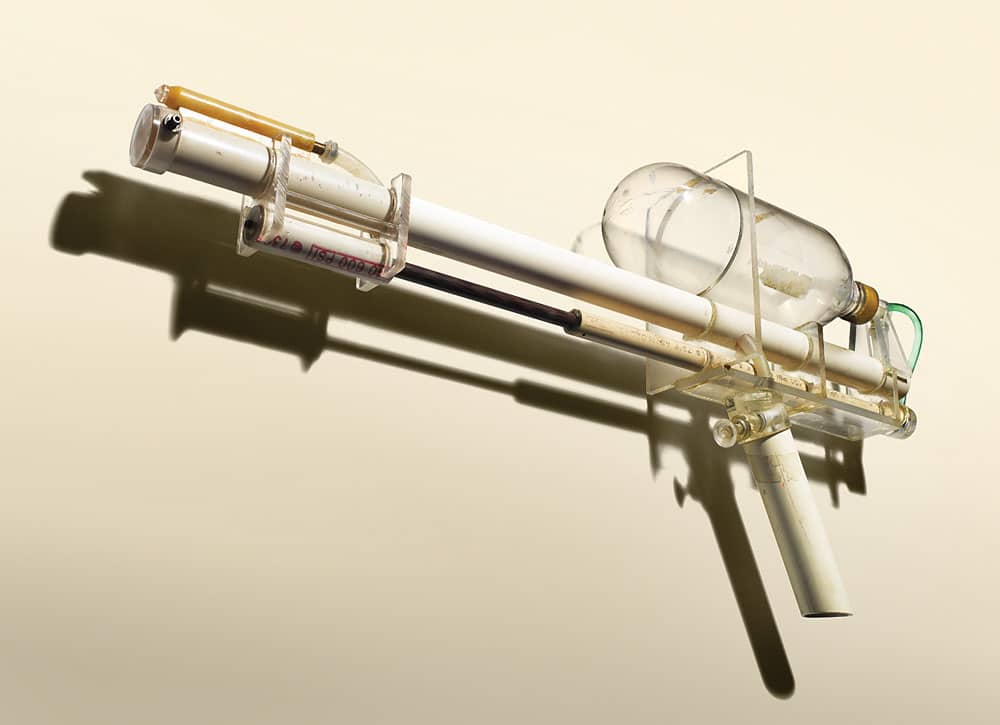
Source: Ecwid
These prototypes are designed to ensure every criterion during the pre-production is met before mass production. Product managers use these to test the product for important aspects such as performance, functionality, and durability. A prominent example of a successful product that started as a pre-production prototype is the SuperSoaker water gun.
PROS:
- They excel at identifying and mitigating any design or manufacturing issues,
- They are pivotal for identifying and improving a product’s quality.
- They promote faster time to market by accelerating the prototype development process through early issue detection and resolution.
CONS:
- They are costly to produce since you’d like to use the same materials as the final version product.
- They are time-consuming to create and require multiple iterations and testing.
- Pre-production prototypes may not provide enough insights into the issues that may appear during mass production.
What are the differences between wireframes, mockups, and prototypes?
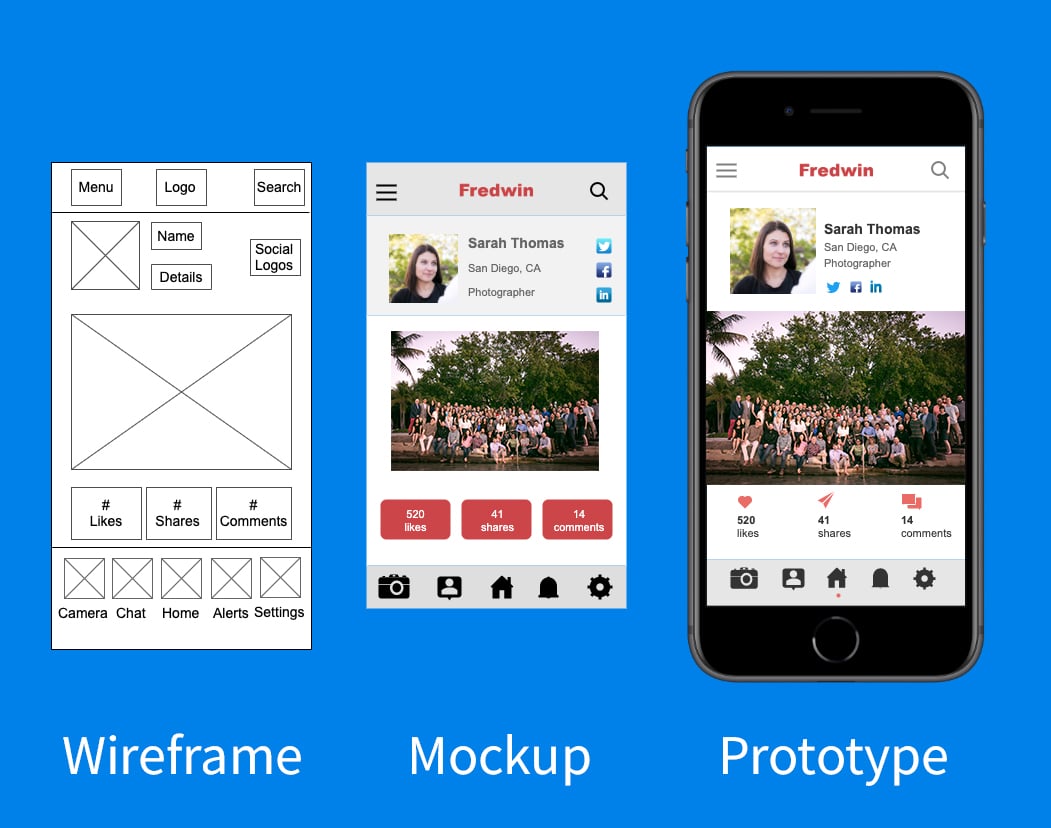
Source: Aha.io
If you’ve dabbled into the world of product development, chances are, you’ve encountered the terms wireframes, mockups, and prototypes. These terms are often used interchangeably, so it’s not surprising how many people are confused by them.
In this section, let’s discuss what wireframes, prototypes, and mockups are and the differences between them.
Wireframes

Source: ProductPlan
Wireframes are a type of visual design intended to plan and sketch out a product’s basic layout and structure. They’re pretty simple and usually contain basic shapes and lines with little to no image. Just enough elements to provide an understandable layout and structure of a design.
Prototypes
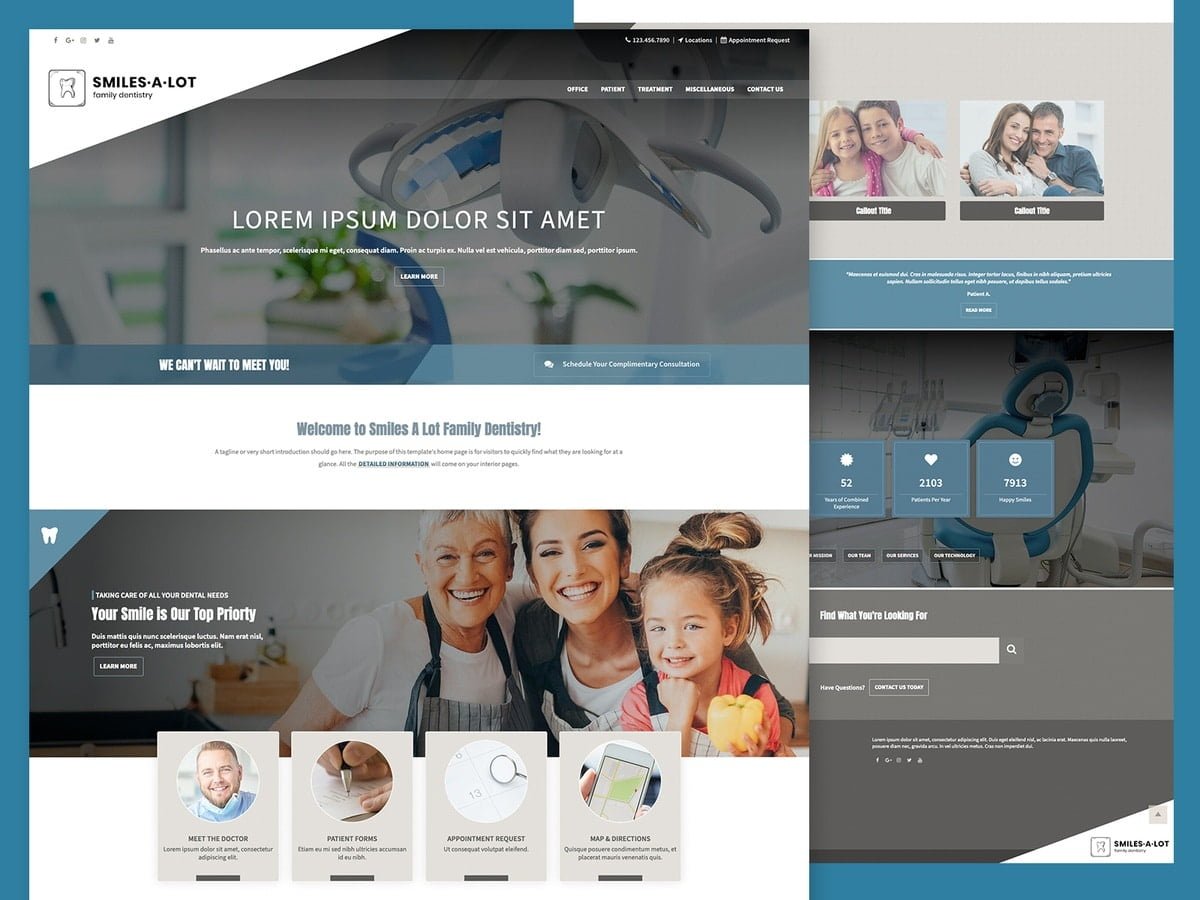
Source: Dribbble
A product prototype model allows product managers to see how their product will work in real-time. Think of prototypes as “rough drafts” that you’ll need to test and refine before you create the final version of the product. Prototypes can reveal how a real-life user will interact with the product. Because of this, teams treat prototypes as invaluable tools for user testing.
Mockups

Source: Mockplus
After the product prototype comes to mockup, a static high-fidelity representation of a product designed to provide the closest visual appeal to the final product. Mockups showcase the visual aspect of the product. This kind of representation establishes how users will interpret the product on a looks basis.
Wireframes, prototypes, and mockups are all essential to product development. They help product managers create visually compelling products that simultaneously satisfy their target audience’s needs.
Why is product prototyping necessary?
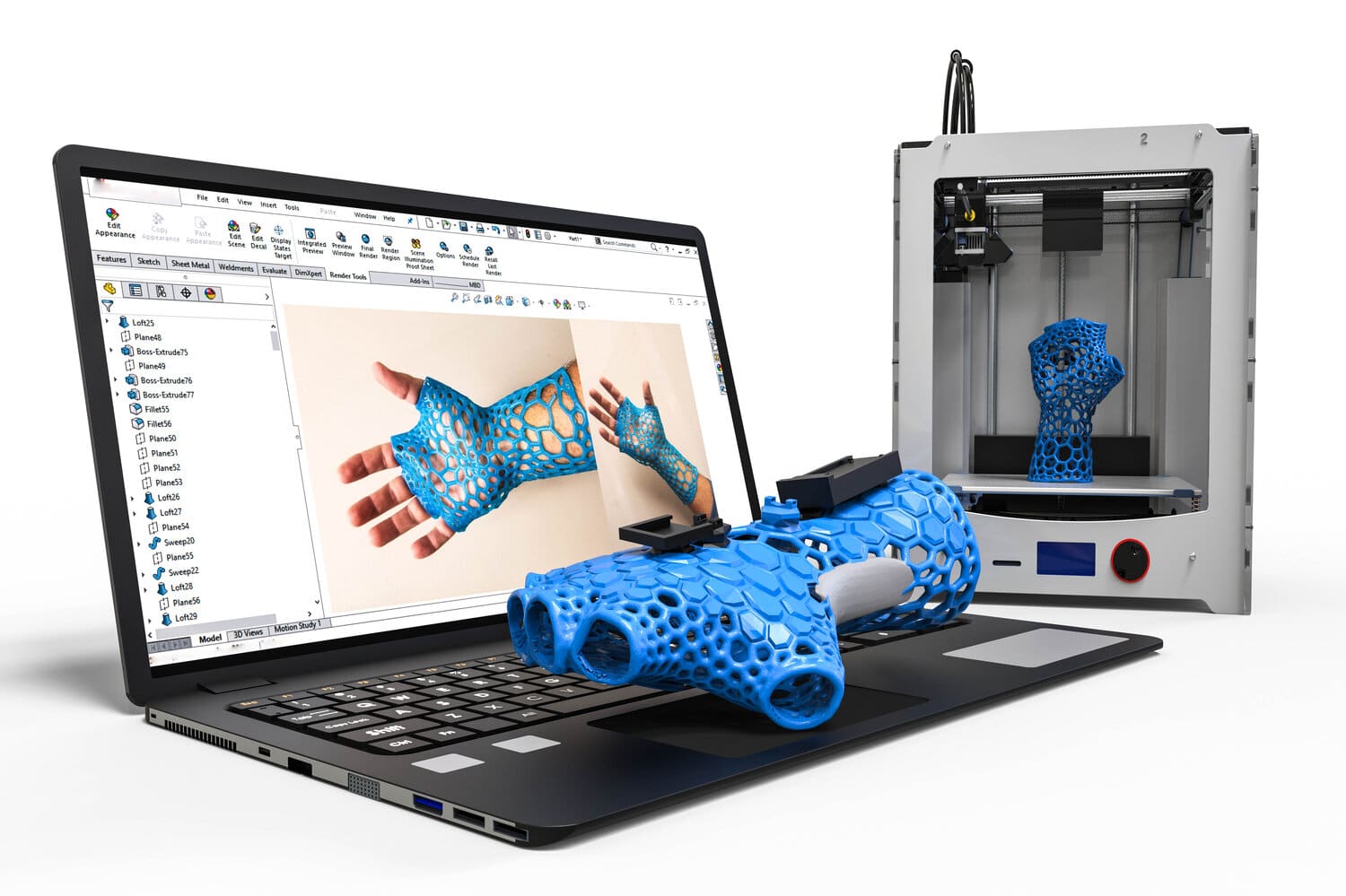
Source: Applied Scientific Technologies
Product managers are expected to accomplish many things, and we believe prototyping is one of their most crucial tasks. When done correctly, product prototyping can drastically reduce risk by ensuring the product’s design and delivery align with users’ actual needs.
To give you a better perspective, here are some benefits of product prototyping and why project managers should know how to create a product prototype.
#1. It helps identify design flaws and functionality issues
Prototyping allows product managers to test and refine their products as early as possible. Doing so helps them identify and correct design flaws and functionality issues before they trickle down to costly problems and mistakes.
#2. It allows the testing design flaws and functionality issues
Through prototyping, product managers can test different materials and production methods they think would be best for the product. This freedom allows them to find cost-effective ways to improve and manufacture their products en masse.
#3. It involves stakeholders in the process
Prototypes serve as tangible models so investors can see what the product should look like. When done correctly, they can persuade stakeholders to support the product. Prototypes also allow users and customers to see the true potential of your product.
#4. It helps companies save money in the long run
With the advent of modern prototyping practices like rapid prototyping, companies can turn concepts into a working model quickly and efficiently. The time-saving measures offered by rapid prototyping bring product managers and their respective companies one step closer to a final product that yields impressive returns on investment (ROIs).
#5. It provides a physical model to test and iterate on
With the help of prototypes, product managers can freely test and iterate on their models before sending them for mass production. Whether they want to tweak the product’s visual elements or physically see what a particular design improvement looks like, a product prototype can be a handy asset.
Steps on creating a product prototype
Now that you understand the basic principles of product prototyping, it’s time for you to learn how to create one. Let’s go over the steps you need to take to create a prototype most effectively and efficiently.
#1. Start with an idea
A bulletproof product idea is the genesis of any successful product. Coming up with a product idea is difficult, so don’t stress yourself too much. Instead, you can do the following to speed up your ideation stage:
- Research thoroughly. You’ll need a good understanding of your product’s market value, your competition level, and the overall cost if you want to develop a sensible product idea.
- Brainstorm with your team. Start brainstorming with your team and use their technical and marketing insights to generate plausible product ideas.
Remember the purpose of your product. Remember to always consider your user’s problems and how you can devise ways to solve them.
#2. Create a rough draft
Source: ResearchGate
Once you have a workable idea, you must document it by creating a rough draft. We recommend you create two different sketches. First is the design sketch that focuses on the visual aspect of the design. Second is the technical sketch, containing your product’s technical aspects. You can use pen and paper for simplicity, but computer-aided design (CAD) software is used for professional-looking results.
#3. Make a “proof of concept”
Now that you’ve put your ideas on paper, you should create a proof of concept (POC), demonstrating whether your idea is feasible. Think of POCs as trial runs to show whether your product will work or if it’s just wishful thinking. Remember that they don’t need to be too detailed, nor do they need to resemble the final product. You only need to show that your concept works.
#4. Create a product prototype
Proving that your idea works is one thing. Providing an actual model that works as you intended is another. After proving your idea is feasible, your next step should be building a prototype.
There are several approaches when creating a product prototype, such as the following:
- 3D printing
- CAD (computer-aided design)
- Rapid prototyping
- Wireframes
- Video Prototype
- Virtually simulated prototypes
The key here is to choose an approach that works well with your product and industry. Additionally, be sure to know the audience who will inspect the prototype. Doing so will let you gauge what kind of model you’ll need to make. If you’re presenting it to investors, you must create something easy to understand. But if you’re presenting it to experts in their field, you can go as technical as necessary.
#5. Test and refine your prototype to perfection
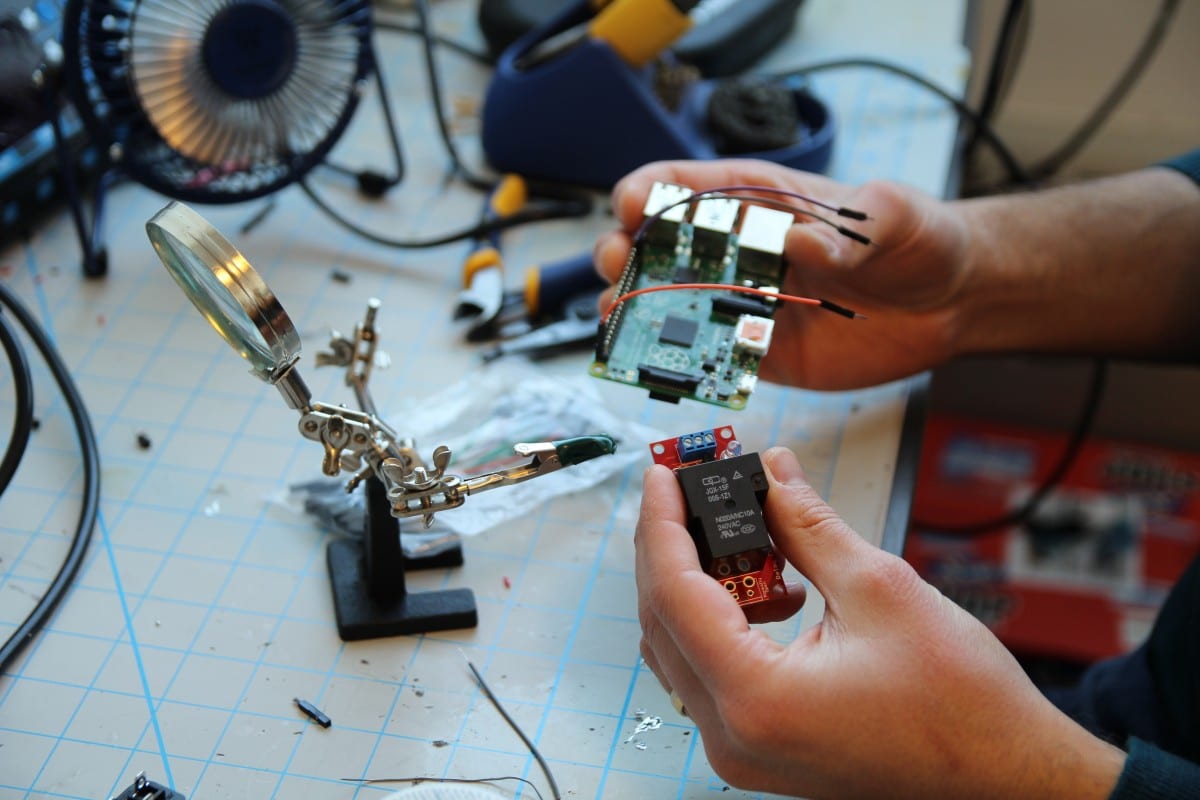
Source: Harvard University
Rome wasn’t built in a day, and neither is your prototype. Before you can start producing a final product for mass production, you’ll need to test and refine your prototype to perfection. Testing and refinement are time-consuming, but ensuring your product achieves its potential is crucial.
To improve your prototype, you’ll need to do the following repeatedly:
- Conduct user testing
- Analyse your user’s feedback.
- Refine the prototype to perfection.
- Test again.
Competent product managers will repeat this process until they’ve polished every observable kink their prototype may have. Once the prototype is ready, you can finalise your design.
#6. Create a “production-ready prototype”
Once you’ve refined the prototype into something you can proudly mass-produce, your next task is to create a production-ready prototype. Your goal is to find the sweet spot between cost-effectiveness and quality, ensuring your users can enjoy a product that wasn’t made by cutting corners.
How to test a prototype?
Prototype testing is a laborious process that you need to take extremely seriously. But once you understand the know-how of the process, every product testing you manage can sail smoothly.
Let’s go through the steps you need to follow when testing a prototype.
- Know what you’re testing and why.
- Define your target audience.
- Choose the best usability testing method (e.g., user testing, A/B testing, etc.).
- Pick the best tools (e.g., Invision, MockPlus, etc.).
- Create a preliminary design.
- Launch your test.
- Evaluate the test results and implement necessary changes.
When is a prototype ready?
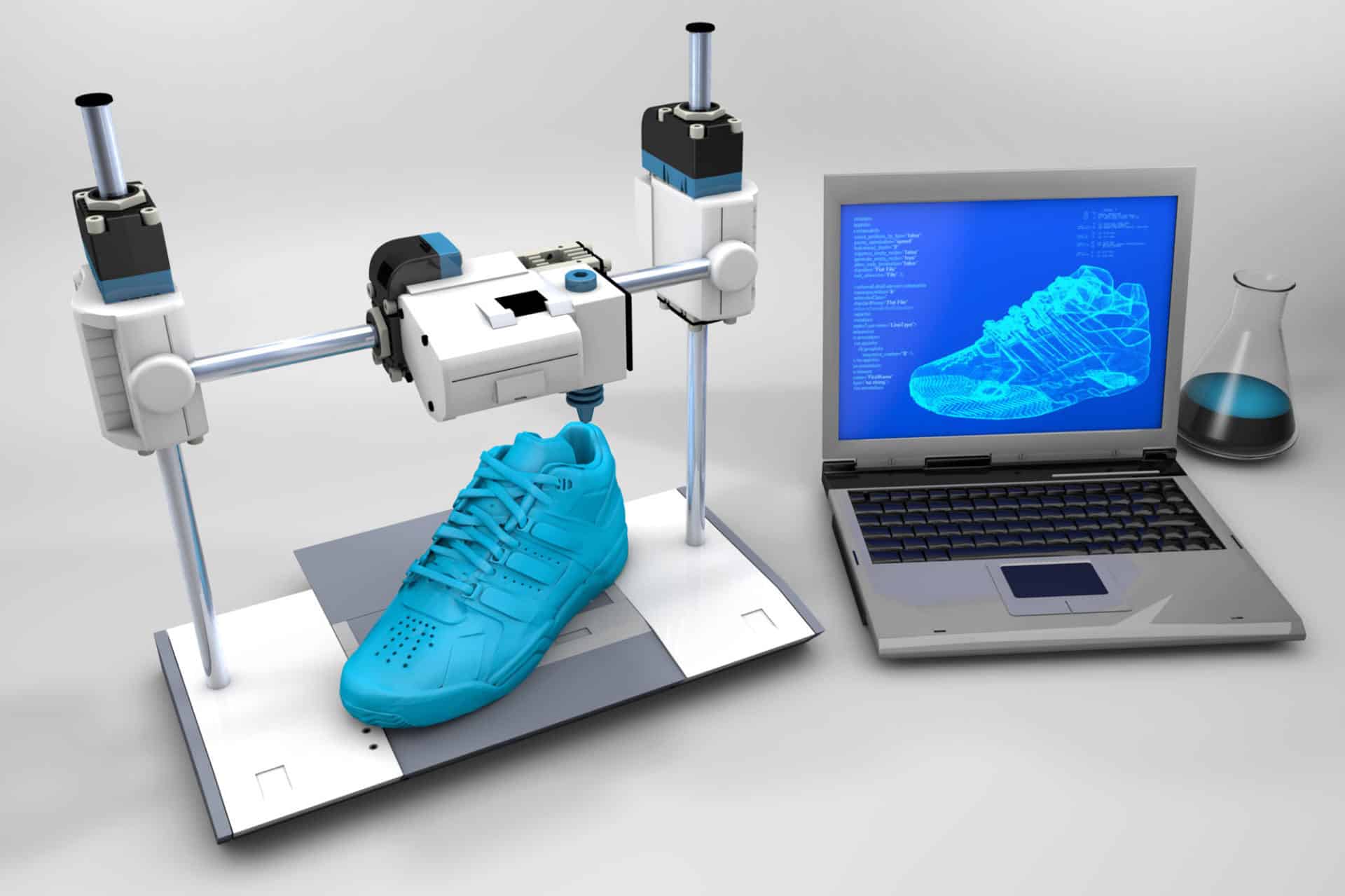
Source: 3D Quick Printing
Here are some of the criteria product managers use to determine the readiness of their prototypes:
- Level of detail. The prototype should be detailed enough to showcase the product’s core features. It should also provide enough context so any user can understand its value proposition.
- Functionality. Your prototype is ready if it can demonstrate all the essential features your product is intended to have in the first place.
- User experience. Product managers always aim for a pleasing user experience, so ensure your prototype is user-friendly and easy to navigate.
- Feedback. Your prototype should’ve undergone rigorous testing and evaluation by the intended audience. The prototype is ready once you’ve used all the relevant feedback to refine and improve it to its full potential.
Creating, testing, and improving a prototype may be time-consuming and arduous. However, putting enough time and effort into getting each stage right will inevitably save your company time and resources in the long run.
Common challenges of product prototyping
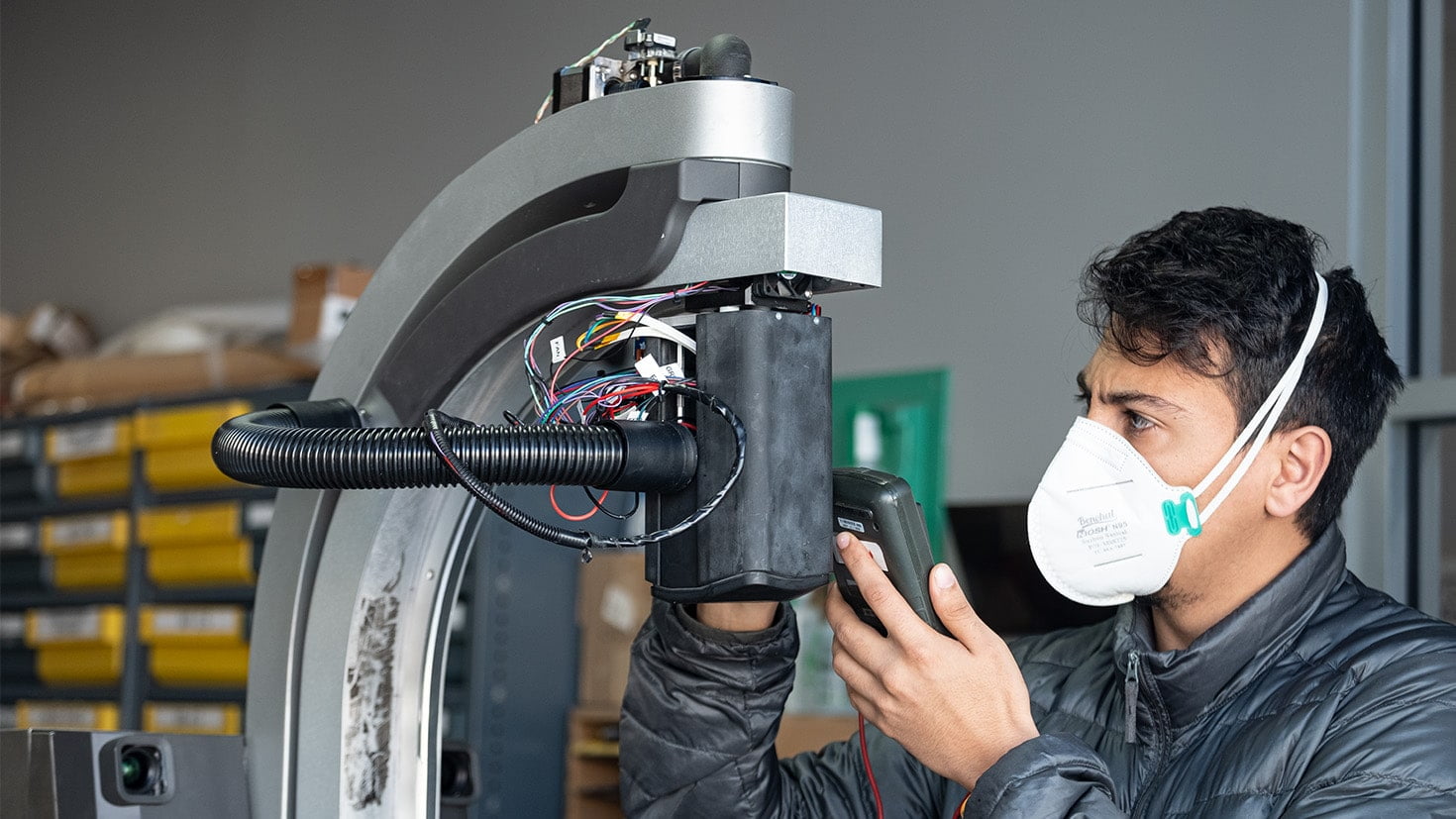
Source: StudioRed Product Development
Nobody can deny how effective product prototyping is when coming up with potentially successful products. However, it presents unique challenges that product managers must continually face to come up with a product worthy of being mass-produced.
Here are some of the most common challenges product managers face when it comes to prototyping:
- Time constraints
- Budget limitation
- Material selection
- Lack of expertise
- Testing and validation
These challenges can make the product prototyping stage difficult for product managers. But with enough help, they can overcome these obstacles and emerge as competent managers with a successful product.
Final thoughts
Product prototyping is an exciting stage in the product development process. It allows product managers to create tangible representations of their ideas and the necessary steps to polish those models to perfection. There are so many elements, principles, and steps to consider when creating prototypes. We hope our guide has given you a good understanding of everything you need to know about the topic.
Here at Mambo.IO, we go the extra mile to ensure product managers like you are equipped with the necessary skills and insights to improve your product’s digital engagement. Our team can provide actionable solutions for your performance management and customer loyalty needs. Book a demo today, and let us help you improve how your organisation works.
Latest Posts
Machine Learning In Finance: 12 Essential Applications
The impact of machine learning on finance is significant. Thanks to this technology, financial institutions are now equipped to make efficient decisions. Through the analysis of data sets, machine learning […]
How To Create Interactive Compliance Training For Bank Employees
Banking compliance training isn’t just another task. It’s the stage where everything else performs. Banks must navigate a myriad of regulations and laws. After all, this is a trust-driven, high-stakes […]
How Fintech Apps Are Using Gamification To Increase User Engagement
Discover how gamification in fintech is revolutionizing financial engagement, making banking fun & boosting user loyalty.
